Best Beaches In Cuba: Where To Find Paradise On The Caribbean Island Nation
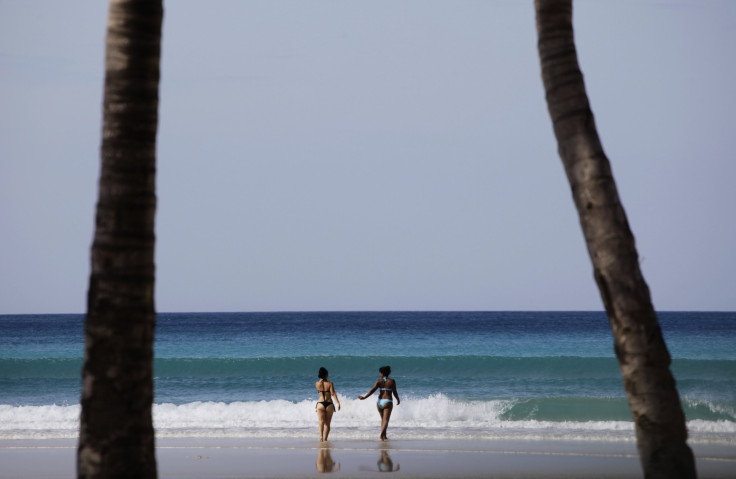
The door to a tropical paradise long barred for most Americans will finally be opened as the U.S. eases travel restrictions to Cuba. Sandwiched between the Gulf of Mexico and Caribbean Sea, Cuba is renowned for its postcard-worthy, sun-drenched coastlines, rife with white sand beaches, turquoise waters and lush greenery. The best part of visiting Cuba is its year-round good weather – the average temperature in January is a warm 27 degrees Celsius (69.8 degrees Fahrenheit.)
The Obama administration unveiled new rules Thursday, to take effect Friday, on traveling to the Caribbean’s largest island nation. Going forward, fewer Americans will need to get special permits from the U.S. government before going to Cuba. Tourists will be allowed to return from Cuba with up to $400 in souvenirs, including $100 in alcohol and tobacco, meaning the 50-year U.S. ban on the country’s famed cigars is over.
The relaxed regulations also allow travel agents and airlines to operate in Cuba without specific licenses. “[The] next move will have to be a civil aviation agreement to allow commercial, not just charter, air travel,” Julia E. Sweig, a scholar and author on Cuba, told the New York Times.
Here are some of the best beaches to visit in Cuba to escape the doldrums of winter in the U.S.:
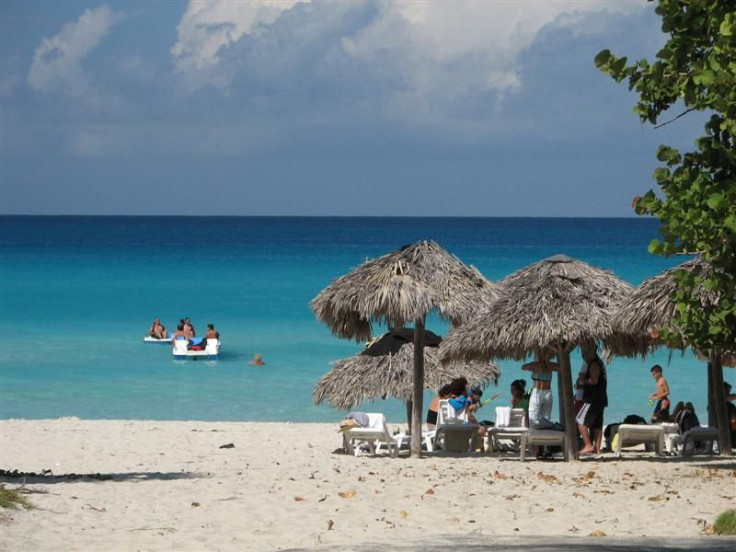
Varadero Beach. Located on the Hicacos Peninsula about 140 kilometers (87 miles) east of Havana, Varadero is perhaps the country’s most famous beach. This 20-kilometer stretch of white sand has some of Cuba’s best-known all-inclusive resorts. Other natural attractions include caves and a chain of offshore cays – small mounds of sand surrounded by beautiful coral reefs.
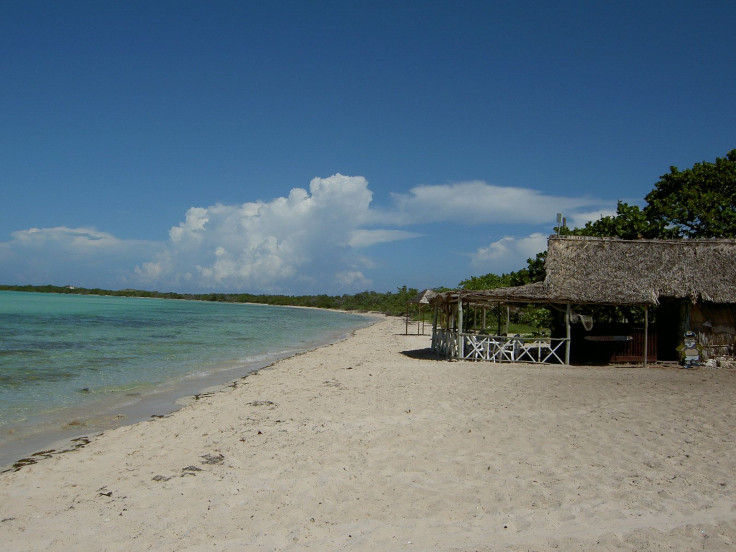
Cayos Coco and Guillermo. Plopped in the shallow waters of the Atlantic Ocean, Cayos Coco and Guillermo have unspoiled beaches, great diving and a slew of water sports. The sandy islands are connected to the mainland by a manmade causeway and offer beautiful stretches of sun-soaked waterfront.
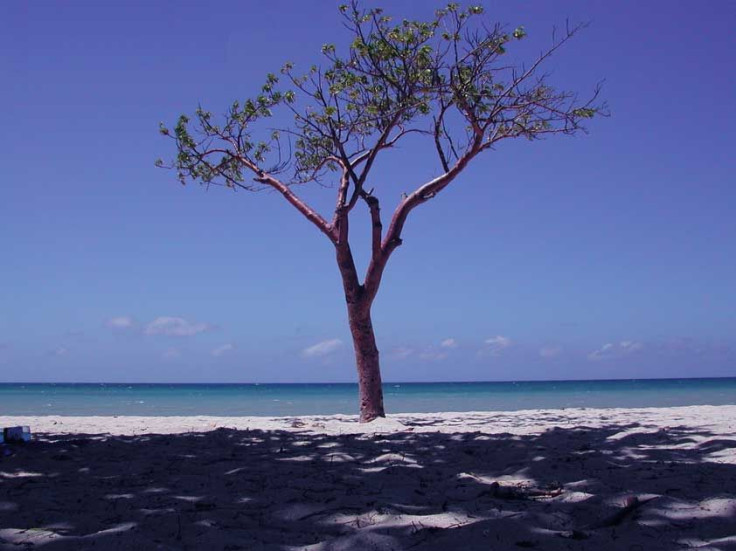
Playa Ancón: Playa Ancón is considered the “finest arc of sand on Cuba's south coast.” It’s located a short distance from Trinidad, a Unesco World Heritage site punctuated by cobblestone streets and beautiful 19th-century architecture, perfect for people looking for a small taste of Cuba’s colonial past.
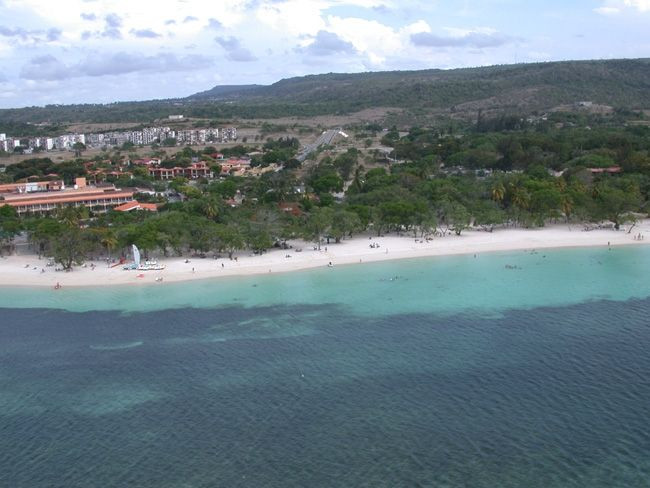
Guardalavaca: Warm waters and white sand beaches define Guardalavaca, whose name means “guard the cow” in Spanish. Located on the northern shore of Cuba, the resort destination’s long ribbons of beach are home to some of Cuba’s prettiest resorts.
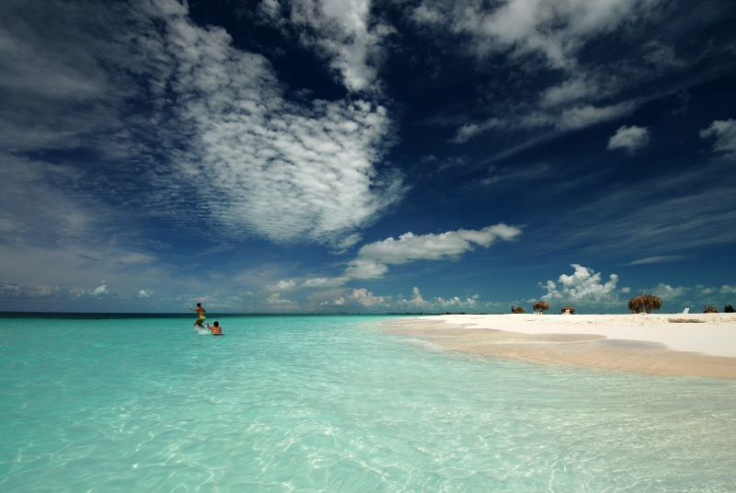
Cayo Largo del Sur. The beaches on this small resort island are purely for tourists – there’s no permanent Cuban settlement anywhere in sight. The tiny, mangrove-covered island has glimmering beaches, thriving coral reefs and tons of wildlife, including iguanas. The island is accessed by boat from Havana.
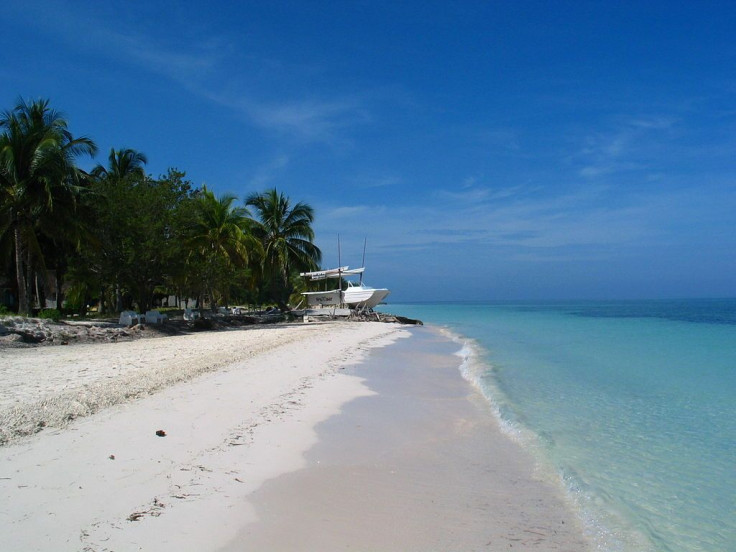
Cayo Levisa. A premier diving and snorkeling site, Cayo Levisa is accessible only by boat from Palma Rubia, about 146 kilometers (90 miles) from Havana.
© Copyright IBTimes 2024. All rights reserved.






















